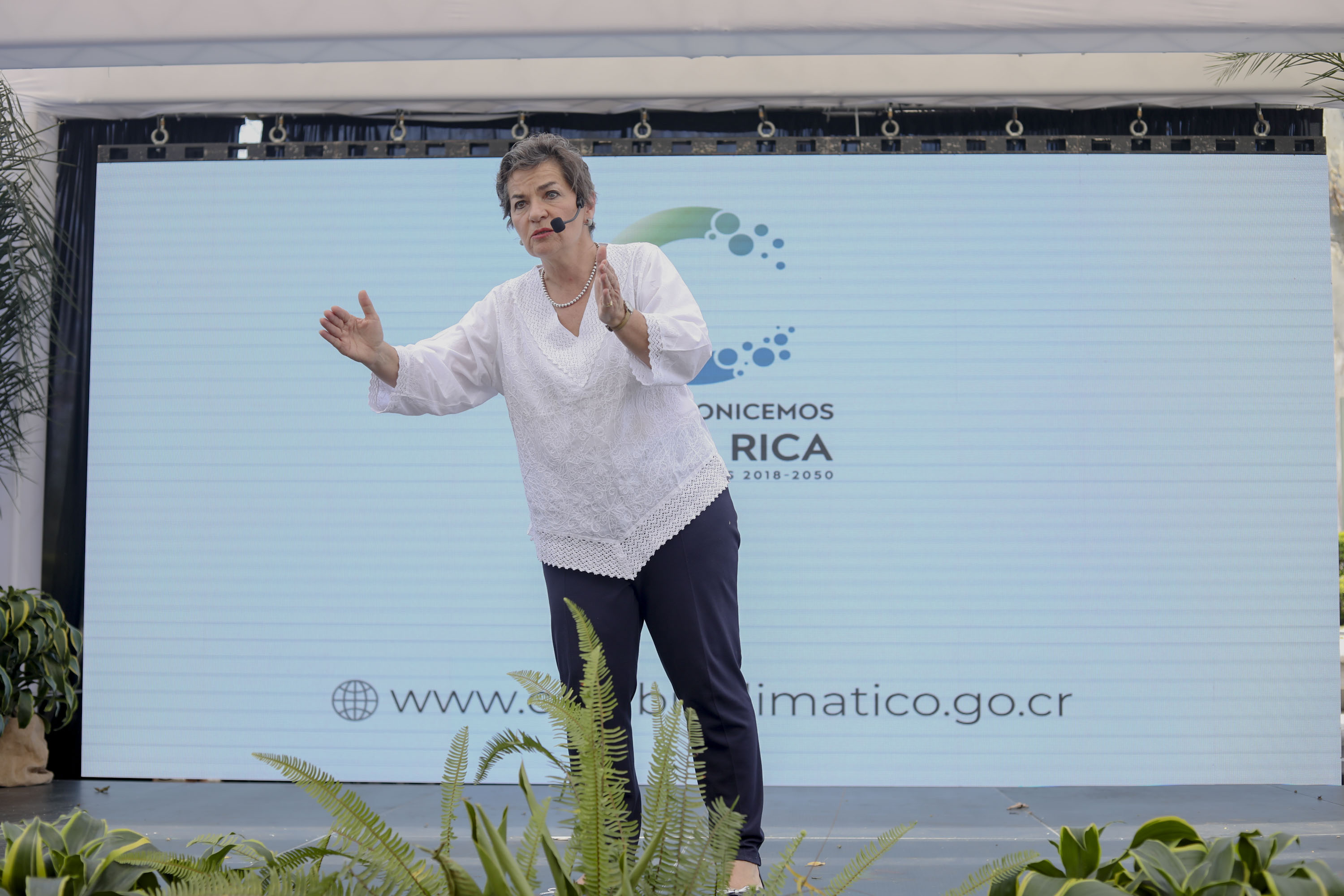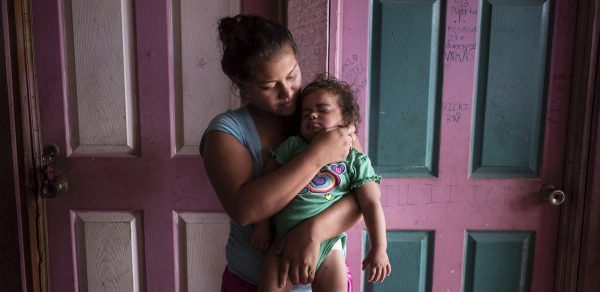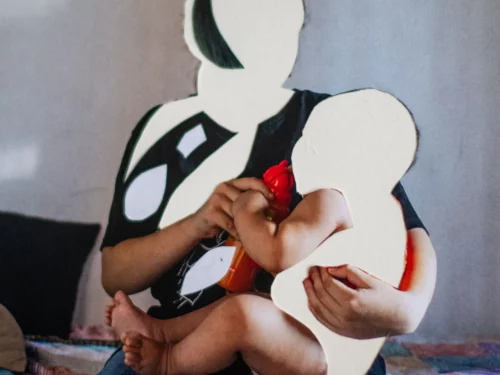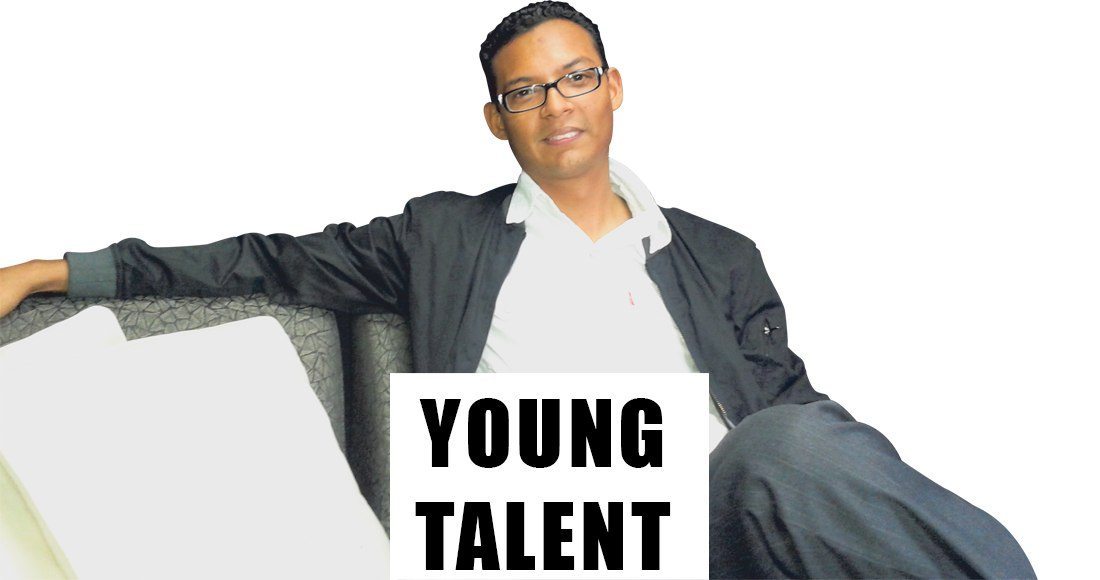
Christiana Figueres is afraid to think about a scenario in which countries fail to meet their goals to reduce carbon emissions and other gases that heat the atmosphere and provoke climate change.
She insists that regions like Guanacaste would suffer the worst consequences if we don’t control the problem, becoming places in which it is inhospitable to live. “It is a painful scenario,” she lamented.
Since 1995, Figueres has been working to promote the fight against climate change. She was executive secretary of the United Nations Framework Convention on Climate Change (UNFCCC) from 2010 to 2016 and is one of the main people responsible for the historic Paris Agreement of 2015, which for the first time achieved that all countries agreed to develop new policies to reduce their greenhouse gas emissions, which are the ones that heat up the earth.
She affirms that each individual can make significant contributions against the climate crisis but that governments are obligated to do not only “the best they can” but “all that is necessary to avoid the end of the planet.”
In February, she published her first book with Tom Rivett-Carnac, with whom she co-founded the organization Global Optimism. In The Future We Choose: Surviving the Climate Crisis, Figueres addresses the possible scenarios that the planet will experience if more forceful actions are not taken in the face of climate change.
During an online conference on her new book, she broached the subject of Covid-19, saying that there are two ways to deal with the pandemic: To be paralyzed by fear or take this time to change our own mindset, help others, and improve society around us.
“The coronavirus is causing humans to stop putting pressure on nature. Letting go of pressure causes nature to regenerate itself. That is why we are seeing birds come out now, and why stars can be seen,” she emphasized.
The Voice of Guanacaste spoke with the diplomat in Nosara before the Covid-19 crisis, during a resilience conversation organized by Blue Spirit Retreat. Figueres expounds on livestock and agricultural production in Guanacaste, a business she believes must change completely, and on the effects that global warming will have on the province. This is an excerpt from the interview:
How can the Guanacaste region adapt to climate change? What is its role?
Of all the regions of Costa Rica, Guanacaste is the one that is most exposed to the consequences of climate change, to the heat and aridity. In Guanacaste we have already experienced not only bird migration, but also the migration of trees and plants that begin to climb to greater heights due to climate conditions. So preparations must be made because it will definitely be heating up more and more. I believe that the heat waves and the very short rainy seasons are already more noticeable. Water resources must be managed with more prudence, with an equitable communal management. We cannot talk about water management where some benefit more than others. We must also be thinking about what agricultural and livestock changes are going to take place in the long term.
The livestock industry has to think about what transition they make [to not depend on] meat sales.”
Speaking of changes in livestock, in Guanacaste this industry is not only an economic practice, but also a cultural one. How urgent is it to change this model and what can be done to achieve it?
It is a very difficult topic, because as you say, the livestock tradition has been here for hundreds of years ago, [but] it is a fact that to deal with climate change we have to stop eating meat. That does not mean that this change will be drastic or overnight, but in the long term, the livestock industry in Costa Rica has to think about what transition they make to a different industry that does not depend on meat sales but instead uses the land you have to produce of other things; I would say agricultural production, for example of some biofuels, or necessary gases. That transition should be planned and not abrupt and should not sacrifice people who are currently employed by the industry.
We should not put these industries at risk but gradually plan their change and adapt. Because if we don’t do that, we would condemn many companies to disappear and that would not be responsible, because we would leave many other people unemployed, vulnerable.
How do we convey concern about the climate crisis to people in vulnerable areas whose concerns are more immediate?
The thing is, the two things are linked. A person who can’t cultivate his land to get the food he needs to eat or sell does not need so much explanation of what climate change is. He knows and feels that things are going from bad to worse. Why am I going with high morale to explain the theoretical to someone with many more concerns? You don’t have to do that, but rather really see what these people’s main problems are and how they are getting worse with climate change. Coming here to preach strange scientific topics is of no use. The issue is to see the direct impact they are having and how we can support from where we sit, especially the most vulnerable, with all these changes.
What can common citizens do in the face of the climate crisis? Are individual actions worth it?
Of course. Where we can all be more conscientious is in analyzing our own unnecessary use of pollutant transportation. I mean when we don’t stop to analyze what vehicle we use and we just get in anything without thinking well about our impact. We are doing very bad in solid waste. We don’t have the waste separation we should have and the recycling we should have. We are also still doing very bad in pollution of waters, rivers, oceans. In addition, our diet is very bad. We have to start advancing to a diet that migrates more and more to the vegetable, with vegetable protein.
What would happen to Costa Rica if we did not reach the global decarbonization goals?
It would be a disaster. Guanacaste, for example, would be a desert. If they don’t do what needs to be done right now… well, the erosion of Guanacaste will accelerate. It is already in a desertification process, but that would accelerate very quickly and it would become an arid desert that would be very difficult to cultivate, very inhospitable for people. I’m talking about the year 2100, when we have all these projections predicted. The population of Guanacaste would have to put pressure on populations from other regions that would still have more water, more possibilities… Well, it is such a painful scenario that I don’t even want to think about it.
You talked earlier about how governments are doing the best they can, but not what they have to do. What other policies could Costa Rica apply in the face of the climate crisis?
Oh! Costa Rica is an exception to almost all the rules in the world. In Costa Rica, we are blessed because we have all the electricity with renewable energy. Of course, where we have a big emissions problem is in the transportation part, because we still import fossil fuels and we produce many emissions from agriculture and livestock. Those are two large sectors that should be given more attention. Although the transformation and transition of these sectors also bring opportunities. What must be ensured is that these opportunities do not come at the cost of people who are unemployed.
How do you think the new mayors of Guanacaste can collaborate in implementing policies to counteract the climate crisis?
I think it is important to highlight the need for municipal leadership to have a long-term vision, and to begin a demonstration and creation of policies that facilitate the transitions that are going to take place in the region, well, that have to take place.







Comments